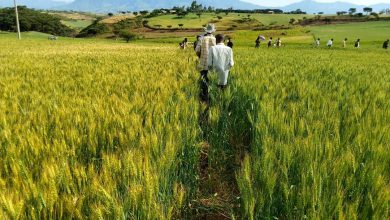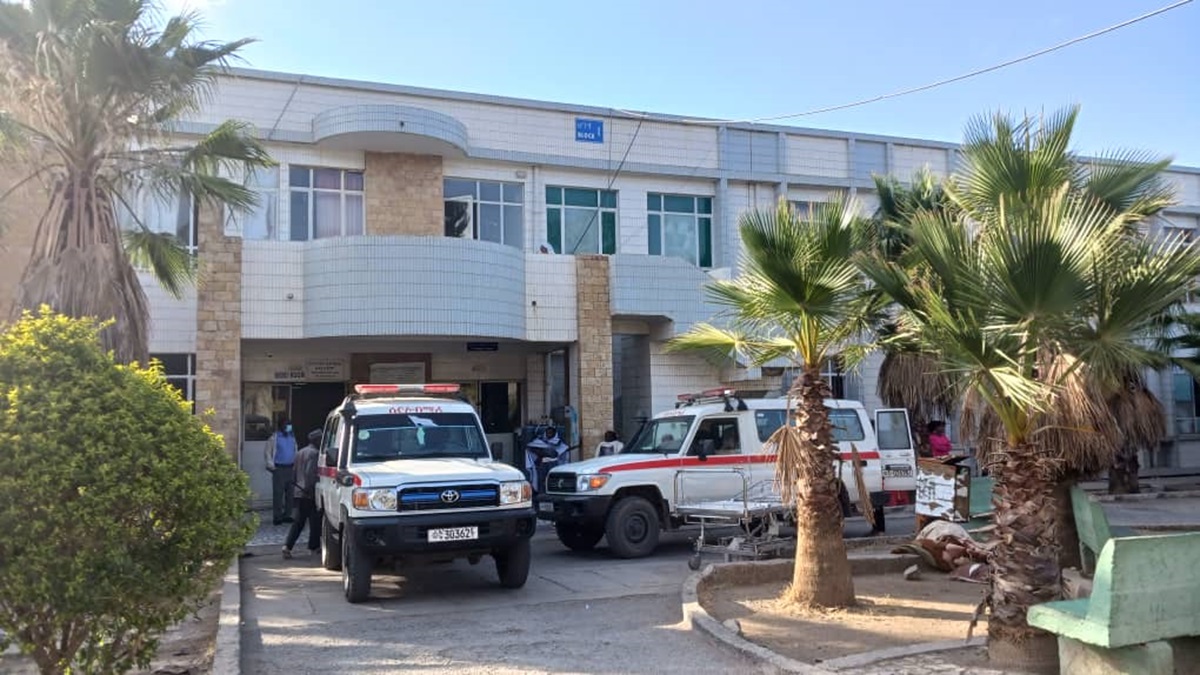
By Getahun Tsegaye @GetahunTsegay12
Addis Abebe – Civilian survivors of the massacre on 18 June in Tole Kebelle, West Wollega zone of Oromia regional state are pleading to receive assistance in order to regain their livelihoods shattered after the attack which has led to the death of at least 338, by the government’s account. More than 150 more were killed in yet another attack on 04 July in Kellem Wollega.
“We’re still demanding support from the government and concerned bodies,” the residents who spoke with Addis Standard by phone said.
Seid, who preferred to go by his first name only, stated that almost half of the displaced civilian survivors have gone to Wollo zone in Amhara region following the attacks. “We do not have somewhere to go are still in Tole kebelle,” Seid added. According to him, the area is now in a relative peace after the deployment of the Ethiopian National Defense Force (ENDF). However, he expressed that the area will again be vulnerable to another rounds of attack if the ENDF leaves.
Survivors, including Seid, and the government blamed the attack on Oromo Liberation Army (Commonly referred by the government as “OLF/Shene’). The group, however, denies any involvement and has repeatedly called for independent investigation into the massacre, which has also left thousands uprooted from their villages.
Life in makeshift camps
“Two makeshift camps have been built where we are sheltering right now,” Seid said, adding “blankets and meager food items have also been given by the government” and local communities who are also protecting them from further attacks. But the assistance is far from sufficient to help the IDPs who have lost everything. He further expressed his worries that that the survivors, including himself, were unable to attend to their farmlands in this planting season not only due to security concerns but also lack of fertilizer distribution. “The local officials promised us that we will receive fertilizer with credit but to no avail so far. Most of our cattle were also looted, making our life very harsh.”
“The support is not sufficient to address our basic necessities and we are urging the government and concerned humanitarian institutions to see us,”
Mohammed Seid
Mohammed Seid, another IDP who spoke to Addis Standard, stated nearly 3,000 IDPs who fled from Tole kebele are currently sheltered in make shift camps in Arjo area and Chekorsa where the ENDF is actively ensuring the security. “We feel safe here in Arjo following the deployment of the defense forces,” Mohammed added.
According to him, the local communities have so far been providing food and non-food items to the IDPs. “Mentioning names might compromise their safety, but there were a lot of Oromos who gave us protection during when the attack happened. For example, an Oromo man gave shelter and protection for more than 40 Amharas who survived the attack due to this man,” Mohammed thanked for the help and protection. He further told Addis Standard that the government has also been providing mattress, blankets and food items. “The support is not sufficient to address our basic necessities and we are urging the government and concerned humanitarian institutions to see us,” he pleaded. Mohammed also said that representatives from the UN yesterday, July 13, were registering IDPs and what issues needed to be addressed.
Marked increase in IDPs arriving in Amhara region
According to the latest UN humanitarian report, “a marked increase of new arrivals (more than 20, 500 people)” is reported across Amhara Region due to “the current hostilities in Western Oromia.”
“A marked increase of new arrivals (more than 20,500 people) is reported across Amhara Region due to the current hostilities in western Oromia”
UN report
“Violence in Western Oromia (the Wollegas) and Southern Oromia (several locations in Guji and West Guji zones) also led to killing and displacement of civilians, destroying livelihoods and impacting the operations of humanitarian partners. The increased violence in June has reportedly led to large scale displacement from Gimbi Woreda to Diga Woreda in East Wollega Zone, as well as in Guji and West Guji zones. Insecurity in Oromia is also causing increased displacement into neighboring Amhara Region. A marked increase of new arrivals (more than 20,500 people) is reported across Amhara Region due to the current hostilities in western Oromia” the UN report said.
Among the IDPs are those who are sheltered in makeshift camps in Debre Birhan city. Recently, they were assisted by Nesiha Charity and Development Organization (NCDO).
According to a recent report by DW Amharic, survivors in Hawa Gelan Woreda, Lemlem Kebele in Kelem Welega zone of Oromia State are facing various problems due to their displacement from their residencies. The IDPs are currently sheltered in Mechara town where they are receiving support from the local community, but they are calling on the government to ensure sustainable security other than providing emergency humanitarian assistance.
Lingering security concerns hampering flow of aid
The Oromia Disaster Risk Management Commission said that 24,000 residents have been displaced by the attack in the the Woreda and that lingering security concerns were hampering the flow of humanitarian assistance. Some 11 trucks loaded with humanitarian assistance including materials were heading to the area.
The report also said that federal security forces who arrived following the killings had calmed the area and repatriated the displaced people. However, the withdrawal of the defense forces from the area on Saturday, 9th July and the replacement by other security forces have left the community in doubt.
“There are thousands of displaced people in the town of Machara,” a witness who spoke on conditions of anonymity said, adding there has been no support for the IDPs so far, leaving the local community to shoulder the responsibility for feeding the displaced.
Contradicting the IDPs testimony, the Federal Government Disaster Risk Management Commission Public Relations Director, Debebe Zewde, said that a large number of food and non food items have been delivered to the area. Debebe said about 2,572 metric tons of relief items have been sent recently.
Oromia Regional State Disaster Risk Management Commissioner Mustafa Kedir, in his part, said efforts were underway to support thousands of community members. According to the official, about 5,000 people displaced after 18 June attack in Tole Kebele, Gimbi Woreda of West Wellega Zone, were being assisted in the Arjo Gudeta area. He also said that humanitarian supplies to assist the 24,000 people displaced by the second attach attack on 4 July in Kellem Wollega was heading to the area despite delays by security situation en route the area.
Many of the IDP say their concerns are more than just relief supplies and insist the government should arm the survivors and return them to their home villages. Many others have opted to sell their property for cheap and leave the area altogether.
Commissioner Mustafa however, said the regional government was working to ensure the security situation and repair the damaged properties in order to rehabilitate the IDPs on a sustainable basis. AS
 Unseasonal rains threaten crop yields in Ethiopia’s Oromia, Amhara regions; farmers report crop losses
Unseasonal rains threaten crop yields in Ethiopia’s Oromia, Amhara regions; farmers report crop losses Tigray’s Ayder Hospital struggles to deliver essential services as budget cuts bite; staff, patients confront tough choices
Tigray’s Ayder Hospital struggles to deliver essential services as budget cuts bite; staff, patients confront tough choices